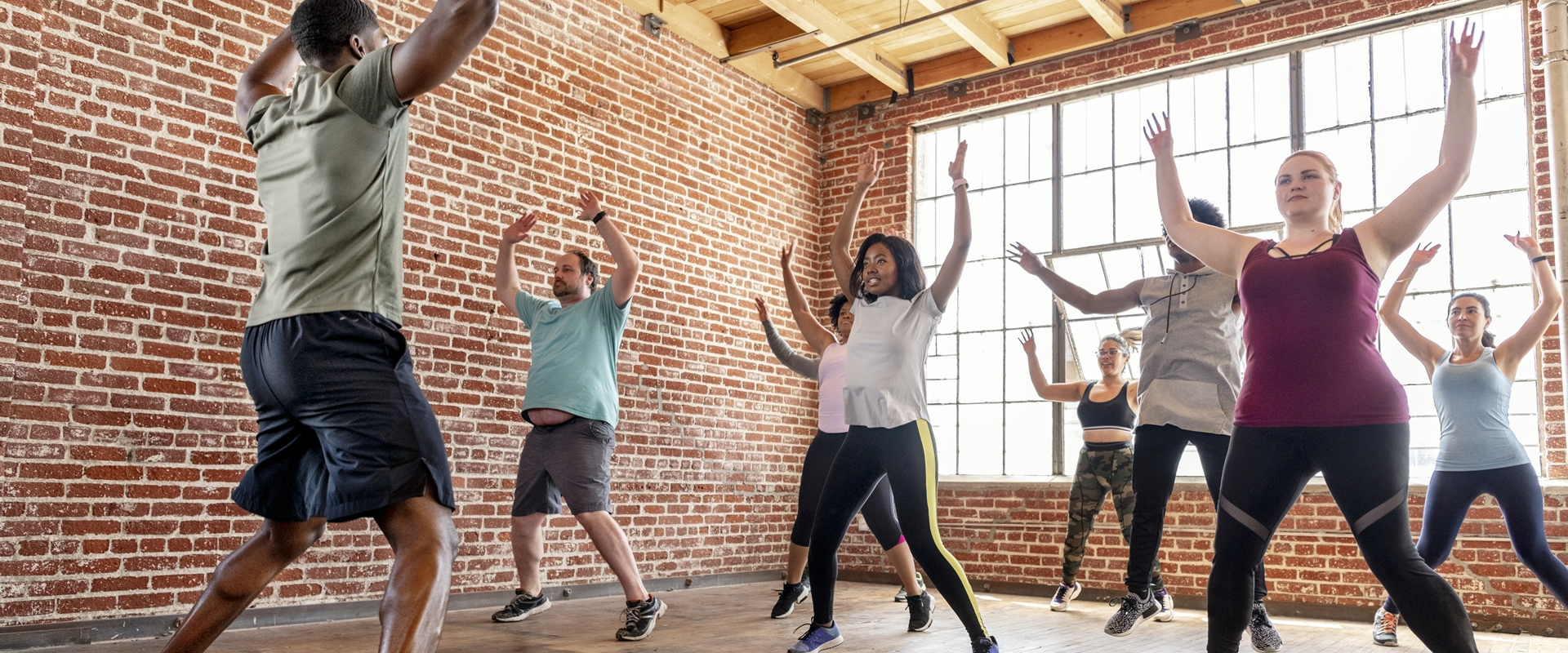
Understanding Blood Pressure: Managing and Preventing Hypertension Through Exercise
Introduction
Blood pressure is a critical indicator of cardiovascular health, measuring the force of blood against the walls of arteries as it circulates through the body. It’s expressed in two numbers: systolic pressure (the force when the heart beats) and diastolic pressure (the force when the heart rests between beats). High blood pressure, or hypertension, occurs when these numbers consistently exceed healthy ranges, putting individuals at increased risk for heart disease, stroke, and other serious health issues. In this blog post, we’ll delve into what blood pressure is, how high blood pressure develops, and how different types of exercise can help manage and prevent hypertension.
Understanding Blood Pressure:
Blood pressure is a vital sign that reflects the health of the cardiovascular system. When the heart beats, it pumps blood into the arteries, creating pressure against the artery walls. This pressure is known as systolic blood pressure and represents the top number in a blood pressure reading. When the heart relaxes between beats, the pressure in the arteries decreases, representing the diastolic blood pressure, the bottom number in a blood pressure reading. Blood pressure is typically measured in millimetres of mercury (mmHg), with normal blood pressure falling below 120/80 mmHg.
What is High Blood Pressure?
High blood pressure, or hypertension, occurs when blood pressure consistently exceeds normal ranges. Hypertension is classified into two categories: stage 1 hypertension (systolic pressure between 130-139 mmHg or diastolic pressure between 80-89 mmHg) and stage 2 hypertension (systolic pressure 140 mmHg or higher or diastolic pressure 90 mmHg or higher). Left untreated, hypertension can damage blood vessels, leading to heart disease, stroke, kidney disease, and other serious health complications.
How Different Types of Exercise Can Help:
Regular exercise is one of the most effective lifestyle interventions for managing and preventing hypertension. Different types of exercise can offer unique benefits for cardiovascular health:
- Aerobic Exercise: Aerobic exercise, such as walking, jogging, cycling, swimming, and dancing, involves rhythmic, repetitive movements that increase heart rate and improve cardiovascular fitness. Aerobic exercise helps strengthen the heart, lower blood pressure, and improve circulation, reducing the risk of hypertension and cardiovascular disease.
- Strength Training: Strength training, also known as resistance or weight training, involves using resistance to build muscle strength, endurance, and power. Strength training can help lower blood pressure by improving muscle mass, increasing metabolism, and reducing body fat. Additionally, stronger muscles support better circulation and heart health, reducing the workload on the heart and lowering blood pressure.
- Flexibility and Balance Exercises: Flexibility and balance exercises, such as yoga, tai chi, and Pilates, focus on stretching, mobility, and body awareness. While these exercises may not directly lower blood pressure, they can help reduce stress, improve relaxation, and promote overall well-being, which can indirectly benefit cardiovascular health and hypertension management.
Tips for Exercising Safely with High Blood Pressure:
While exercise is beneficial for managing and preventing hypertension, it’s essential to exercise safely, especially if you have high blood pressure. Here are some tips:
- Consult with Your Doctor: Before starting any exercise program, consult with your doctor, especially if you have high blood pressure or other medical conditions. Your doctor can help determine the most appropriate exercise regimen for your individual needs and health status.
- Monitor Your Blood Pressure: Keep track of your blood pressure before, during, and after exercise to ensure it remains within safe ranges. If you experience dizziness, shortness of breath, chest pain, or other concerning symptoms, stop exercising and seek medical attention.
- Start Slowly and Progress Gradually: If you’re new to exercise or have been inactive for a while, start slowly and gradually increase the intensity, duration, and frequency of your workouts. Listen to your body and avoid overexertion, especially if you have high blood pressure.
- Stay Hydrated and Cool: Drink plenty of water before, during, and after exercise to stay hydrated and prevent overheating. Avoid exercising in extreme heat or humidity, as it can increase the risk of dehydration and exacerbate high blood pressure.
- Choose Safe and Low-Impact Activities: Opt for safe and low-impact activities that are gentle on the joints and cardiovascular systems, such as walking, cycling, swimming, and yoga. Avoid high-intensity activities that may raise blood pressure or pose a risk of injury.
Conclusion:
High blood pressure, or hypertension, is a significant risk factor for heart disease, stroke, and other serious health complications. However, regular exercise can play a crucial role in managing and preventing hypertension, improving cardiovascular health, and enhancing overall well-being. By incorporating aerobic exercise, strength training, flexibility exercises, and balance activities into your routine, you can help lower blood pressure, reduce the risk of cardiovascular disease, and enjoy the many benefits of an active lifestyle. Remember to exercise safely, consult with your doctor, and listen to your body to maximise the benefits of exercise while minimising the risks of high blood pressure.
